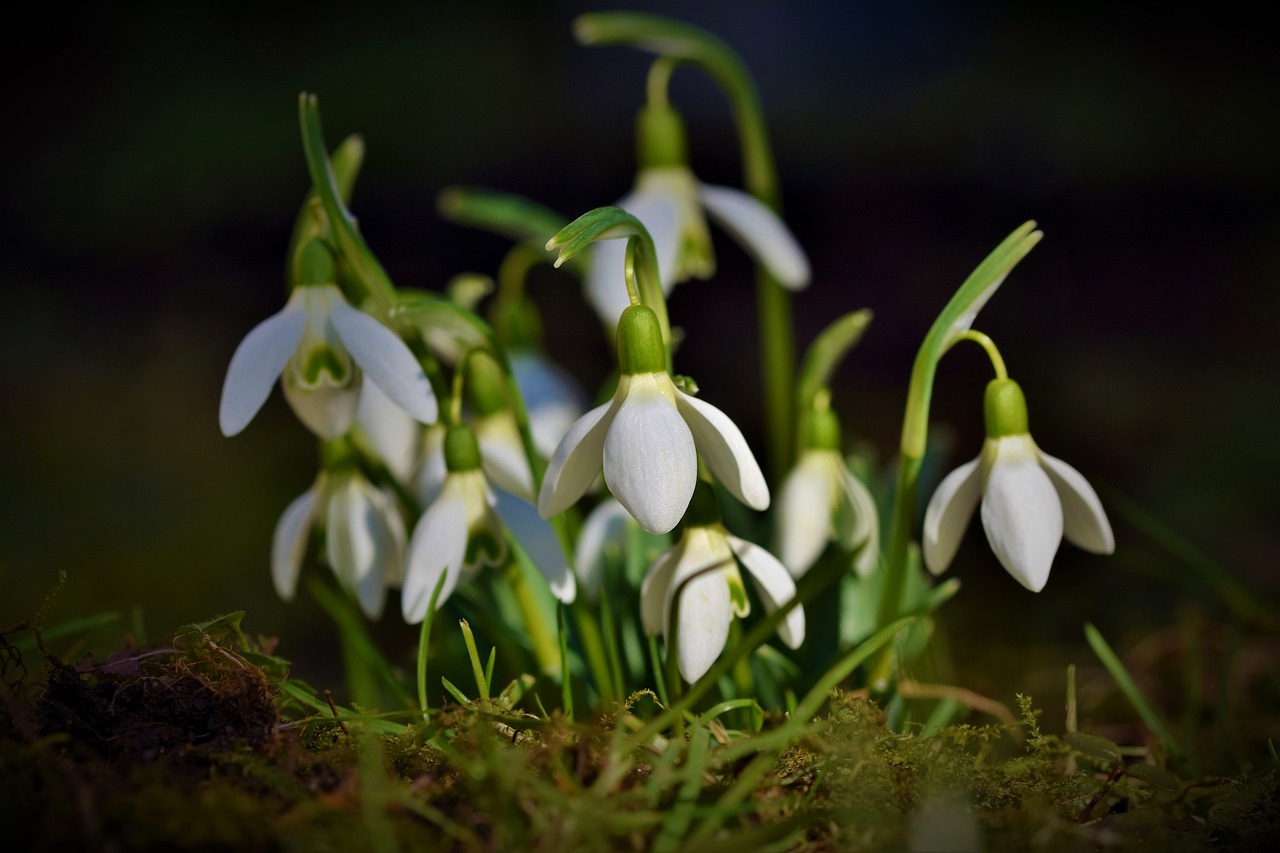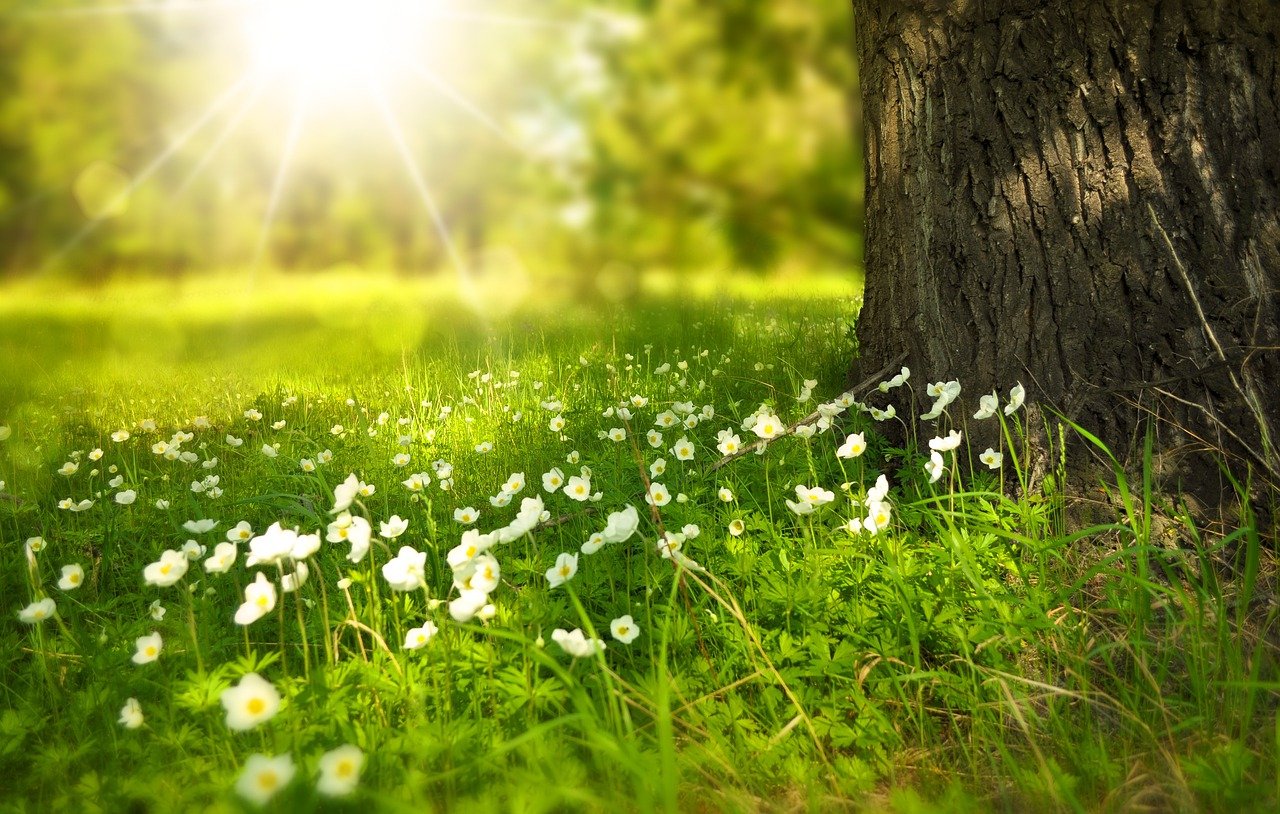Do you love salsa, but don’t have the time or space to garden? Container salsa gardens are the perfect solution! In this blog post, we will discuss tips for growing a successful container salsa garden. We will cover everything from choosing the right plants to watering and fertilizing your crops. So, whether you’re a beginner or experienced gardener, read on for some helpful advice!
Enjoy Fresh Garden Veggies From Your Container Salsa Garden
One of the great things about container salsa gardens is that you can grow them just about anywhere. Whether you have a small balcony or a large patio, there’s a container garden that’s perfect for you. And, because they’re so versatile, container salsa gardens are also great for beginner gardeners.
If you’re new to gardening, start with a small container garden and add more plants as you become more comfortable. Choose a spot that gets at least six hours of sunlight per day, and make sure the container has drainage holes. Once you’ve selected your container and location, it’s time to choose your plants!
For a traditional salsa, you’ll need tomatoes, onions, peppers, and cilantro. But don’t limit yourself to these ingredients – experiment with different vegetables and herbs to find what you like best. Just remember that all of your plants will need full sun and good drainage.
Once you’ve chosen your plants, it’s time to plant them! Be sure to follow the instructions on the seed packets or nursery pots. Water your plants well after planting, and then water them regularly, making sure the soil is always moist but not soggy.
In addition to regular watering, your container salsa garden will need some extra care. Fertilize your plants every two weeks with a balanced fertilizer, and pinch off any dead or dying leaves. With a little love and care, your container salsa garden will be thriving in no time!
Container gardens are a great way to enjoy fresh salsa all summer long! By following these simple tips, you can grow a healthy and successful container salsa garden of your own. So what are you waiting for? Get growing! Container gardening is not only easy and fun, it’s also rewarding. Enjoy the satisfaction of harvesting your very own homegrown veggies – they’ll taste even better than store-bought!
Salsa Container Garden Tips:
- Choose a spot that gets at least six hours of sunlight per day
- Make sure the container has drainage holes
- Select plants that require full sun and good drainage
- Water your plants well after planting and then water regularly
- Fertilize your plants every two weeks with a balanced fertilizer
- Pinch off any dead or dying leaves
Enjoy Fresh Garden Veggies From Your Salsa Garden
Growing a container salsa garden is something many people, including those living in condos, apartments, those with disabilities, or children may love and have fun doing.
By following simple directions, you should be able to grow enough produce to enjoy all summer.
Find or purchase a large container. The container should be large enough to grow several plants, not dry out quickly and high enough to make your gardening easier. However, you must also realize the space you have and be sure it will fit.
Your container garden container should allow for drainage.

This means you should have drainage holes in the bottom of your pot, or at least have a layer underneath the soil to absorb excess rainfall or watering. [To protect your deck floor, it’s best to have some type of plastic container under pot to absorb this water drainage.]
Decide what you enjoy eating and what you want to plant.
A good selection for a salsa garden includes compact tomato plants – patio type works great, green and hot peppers – depending upon your own tastes, green onions, and herbs that you prefer.
I would suggest planting a couple of tomato plants, at least two types of peppers, cilantro, and green onions at the very minimum.
How to prepare your salsa container prior to planting.
Place a layer on the bottom to help with drainage. This can be large pieces of mulch, smashed plastic containers, or even the pots that your plants came in. This will save on the amount of soil you need, also. Then pour the best quality garden pot soil into the container. This is not a place to skimp. If you do not use good soil, your plants will not be as healthy. Fill your container about 3/4 full of soil.
Tap plants lightly on side of the pot to loosen from their original pots. Plant deeply so they will establish a good rooting system. If you have room, bend your tomato plants and plant almost to the top leaves. If space is limited, just plant very deeply. Add green onion plants or bulbs last. Just stick them into bare spaces in your garden container. You may want or need to add additional soil to fill in and to better cover your plants.
Care of your salsa garden includes watering almost daily if it does not receive natural rainfall.
Fertilize your salsa garden with a product such as Miracle Gro at least weekly. Even if your soil contains fertilizer, it is good to use light fertilization immediately after planting as you water your pot enough so that water drains through the bottom.
Watch for any little weed seeds that may find room in your salsa garden and pull immediately. If possible, grow your salsa garden in the sunshine. Your container garden will produce more tomatoes and peppers if you have at least four hours of direct sunlight. However, if this is not possible, don’t give up. You will just have less produce.
Suggestions for containers for your salsa garden include bright-colored tubs that are often used for holding summer drinks – if you’d like some bright and perky color for your pot. If you prefer natural, go with a wood-look type container that you can find in a box or any garden stores. If you see something at a garage sale, or in someone’s garage, ask if you could be its proud new owner. Most of all, have fun with your salsa container garden.






